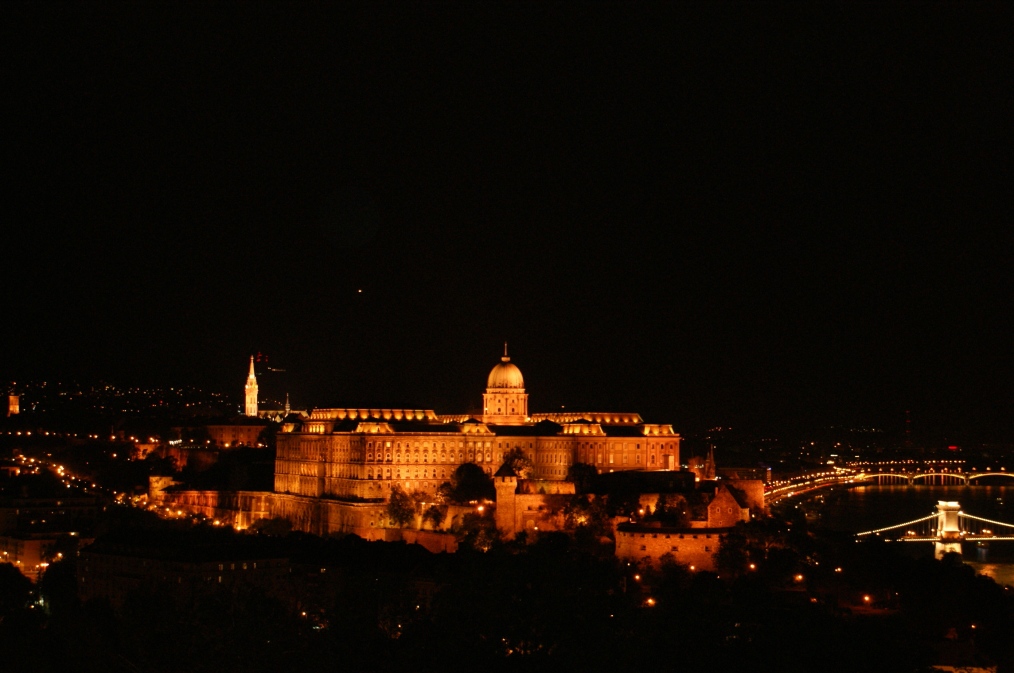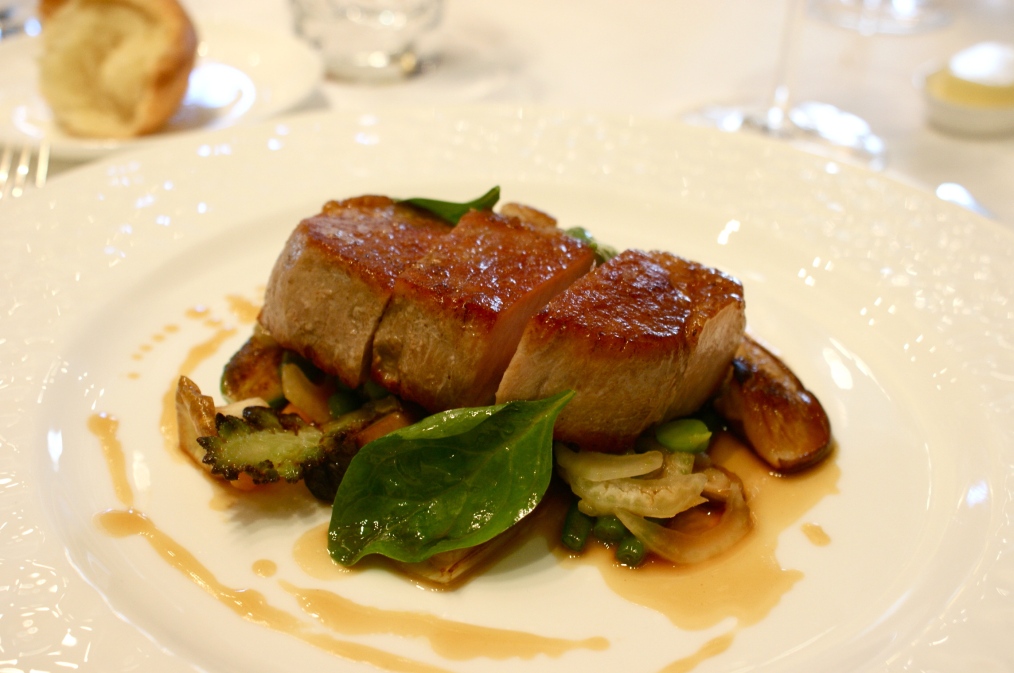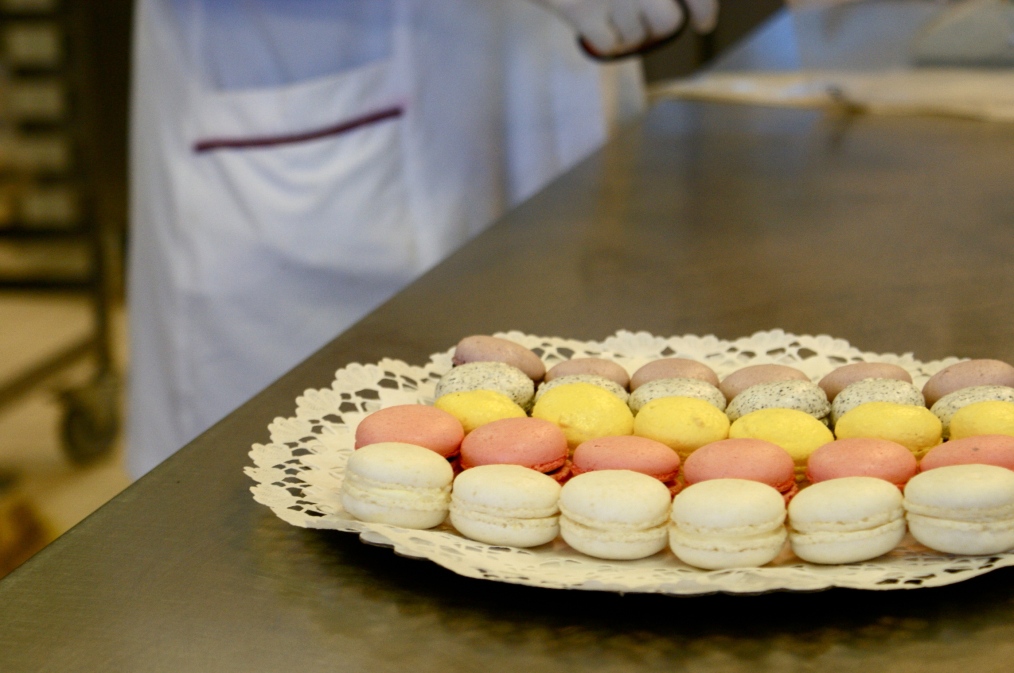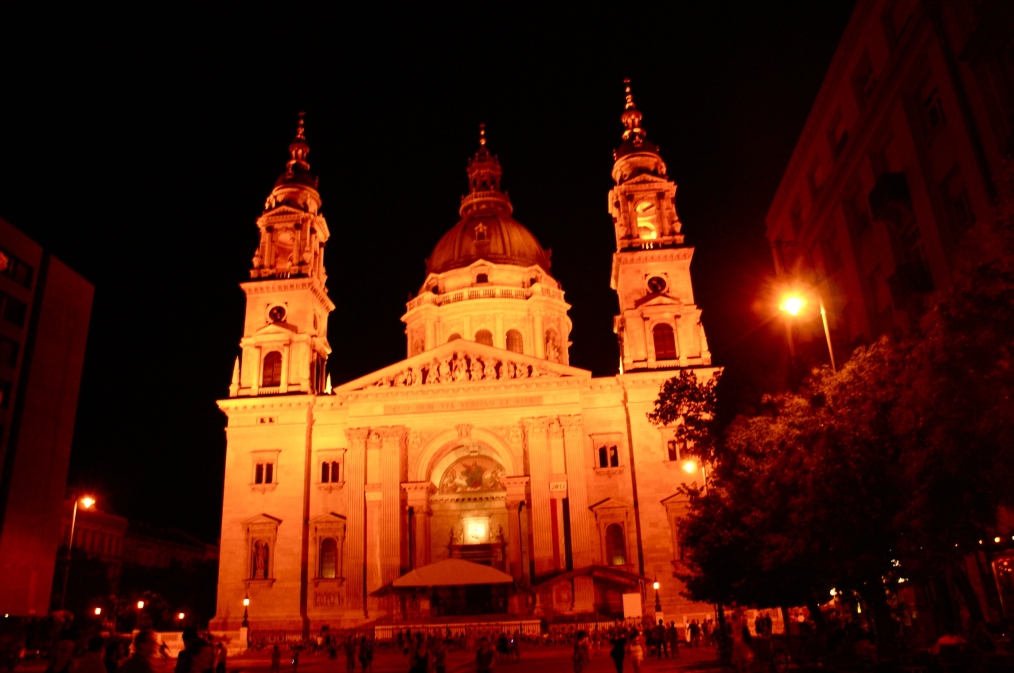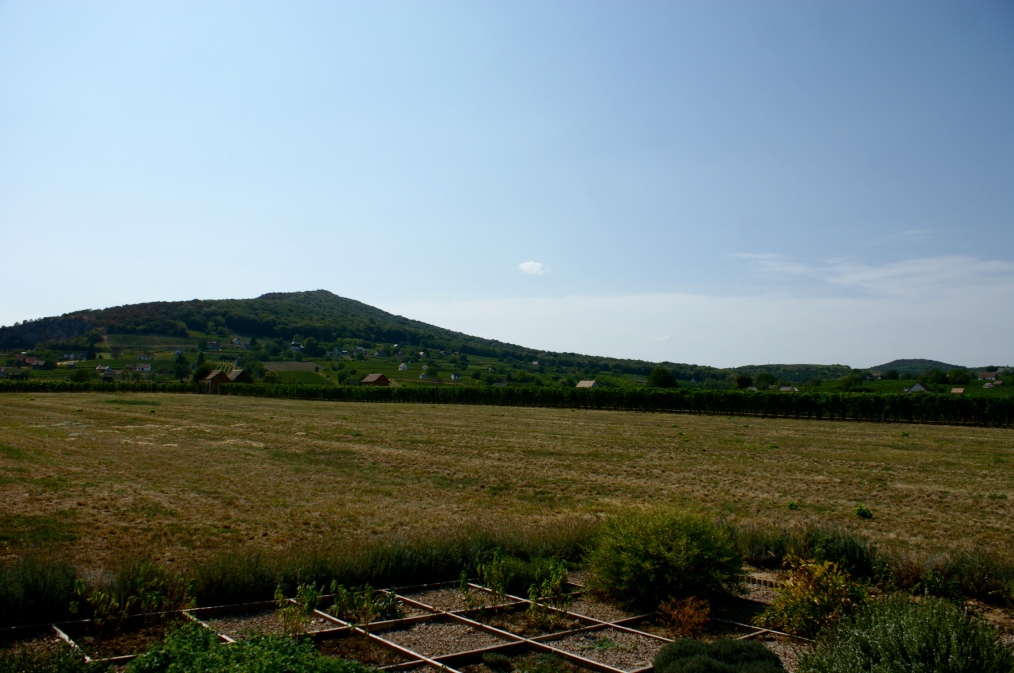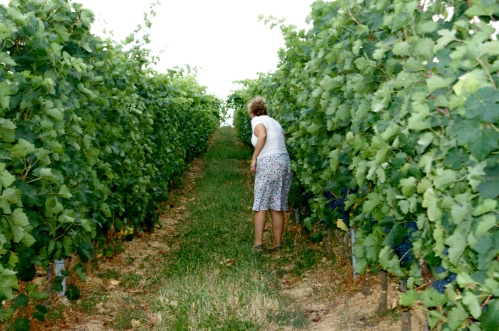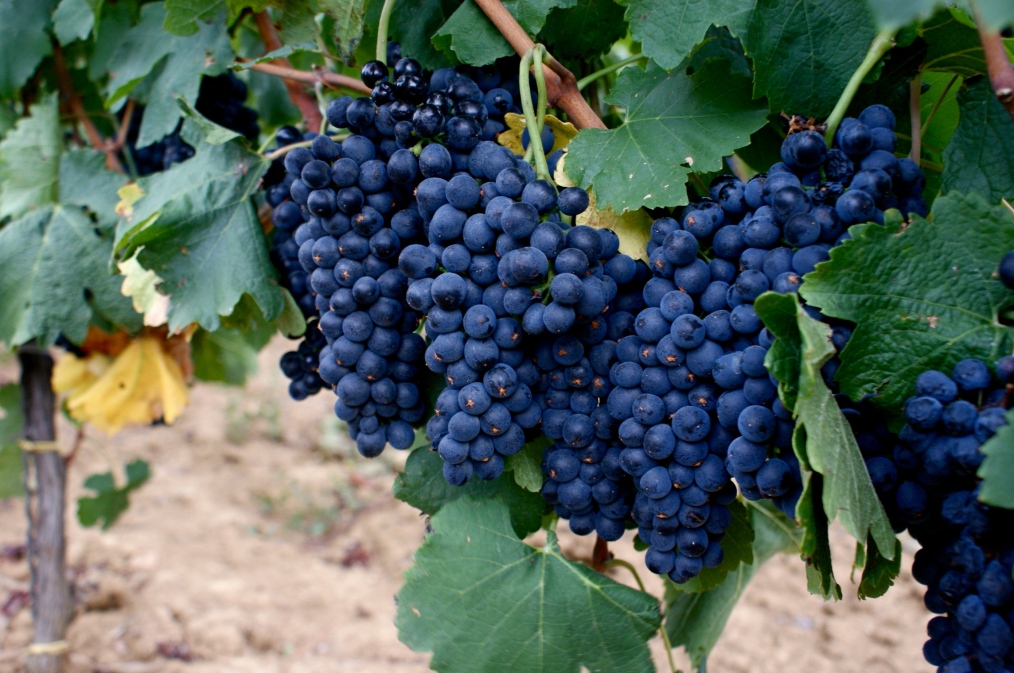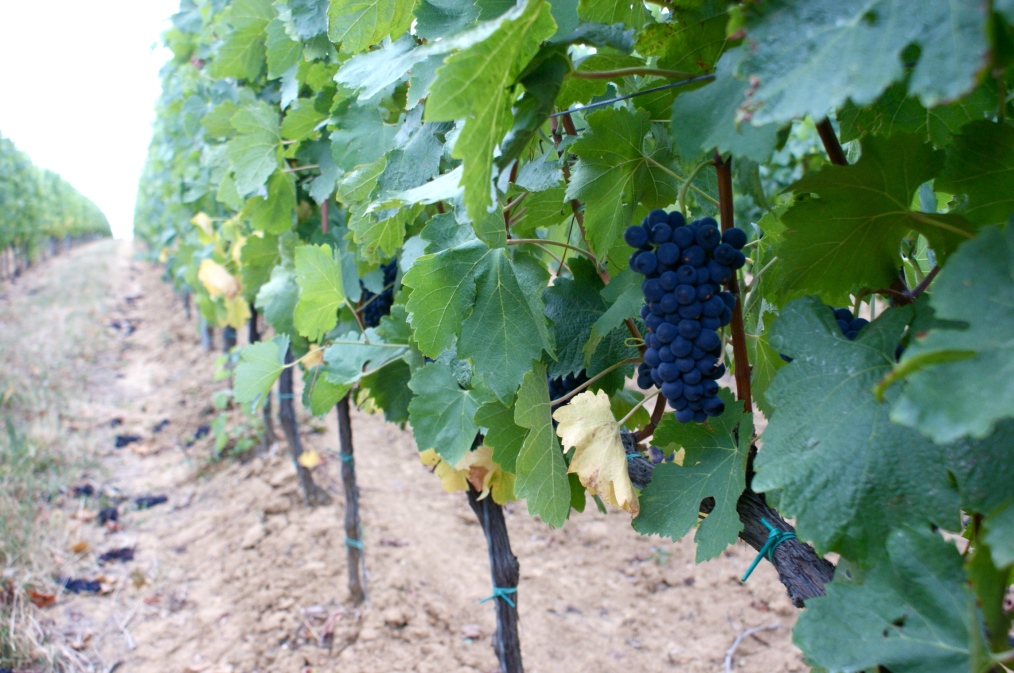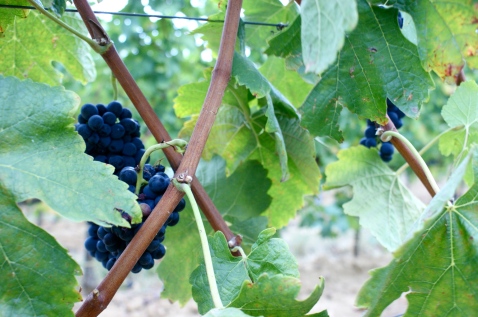Introduction to Hungary
Iceland has come and gone; the Brooklyn that came after it has come and gone. I’ve hopped across the sea again and stepped down in Hungary for a three-week-long internship with Sauska Winery. I began in Budapest, Hungary’s enduring and eclectic capital, but I will spend the next couple of weeks at Sauska’s two rural wineries before returning to Budapest for the Wine Festival in mid-September. I’ve only been here three days, but my head is already cluttered with the things I’ve seen, the things I’ve learned, the things I want to share.
Budapest has more residents than the whole of Iceland. It has buildings that look older than War, their intricate, elegant facades standing cheek-to-cheek with the flat-faced cement buildings of the Communist era. The city has been torn down and built up dozens of times over the last thousand years and its hard-won grittiness shows through the cracks and stains of even its prettiest buildings, most of which are remnants of older, more difficult times and which belie the influence of various foreign aesthetics, from Gothic and Turkish to Baroque and Historicist. I spent my days there trying to absorb the city’s beauty and its gently buzzing energy as best I could. In spite of the unseasonal and unwelcome heat, in spite of some initially profound jet lag, and thanks to the Sauska family’s warmth and graciousness, I think I did well. I met a few of the Sauska staff, including my lovely host, Stefie Sauska, and her father and Sauska Winery founder, Christian. I slept in a towering, hundred-year-old apartment building that could easily be mistaken for a castle, nestled on a tall hedge near the Citadella on the Buda side of the city. I ran along the Danube and later stuffed myself silly with homemade pastries and chocolates on an incredibly generous and extensive tour of the Gerbaud sweets factory and coffee house. I ate too well, and was lucky enough to try some native Mangalitsa pork chops and goose foie gras at Gerbaud’s Onyx restaurant in Pest. I drank more Hungarian wine than I had ever even seen in the States, which I can no longer understand because Hungarian wine is delicious and should be available everywhere. I visited a museum of contemporary Hungarian art, which, like Hungarian wine, is seemingly on the verge of leaping onto the international radar. I explored the Terror House, a depressing but edifying museum for the victims of the Nazi and Communist eras in Hungary. I capped it all off with a glass of wine just steps away from St. Stephen’s Basilica, which is achingly lovely at night. I spent only two days in Budapest, but they were full and filling and I will soon return for more.
I’m in Villany now (pronounced “Vee-line”), the larger of Sauska’s two wineries. I drove up with Stefie this afternoon, through southern Hungary’s rolling, sunburnt countryside. I met Ildiko, the master of the wine lab here in Villany, and the three of us drank fizzy elderflower sodas in the main tasting room. Later I helped Ildy take the temperatures of the Portuguieser and Pinot Noir that have just begun to ferment in Sauska’s huge stainless steel vats. After the first fermentation is complete the wine will be relocated to oak barrels for a second fermentation and aging, but all Sauska wine starts its life as thick, musky juice in stainless steel. This was the first time I’d seen grapes actually, actively being turned into wine, though really all I saw was the pulpy, juicy mass of dark-red berries and skins that floats to the top of the vat, capping off the juice and wine that swims below. I felt inordinately exhilarated to see the glossy sheen on the unexpected mass of fruit, and suddenly every question I’d ever had about winemaking came gushing back to me. Of course, Ildy had an answer for each of them.
After we took the temperature of the vats and tested the progress of their fermentation with an impressive and highly sophisticated machine, Ildy took me to the room where yeast and yeast supplements are stored and showed me how to concoct a nutrient-blend to feed to the yeast in each vat, based on the machine’s measurements of reducing sugar, the vats’ temperatures, and other measurements. I was surprised to learn that each varietal of grape receives a different kind of commercial yeast; there is a special yeast for Syrah, just as there is for Chardonnay, Pinot Noir, and so on. Ildy explained to me how the nutrient blends they feed to these yeasts help modern winemakers take much of the guesswork and finger-crossing out of winemaking; it reduces the chances of a bad or spoiled fermentation. She was careful to add that these nutrient supplements are perfectly natural; they’re the same supplements that are fed to the yeasts used in organic wines, and they essentially replicate the role that grape leaves play in natural, on-the-vine fermentation. In other words, when grapes are left to ferment on the vine, the yeasts that convert their sugars into alcohol draw important nutrients and amino acids from the leaves they grow on; in winemaking, grape leaves aren’t usually included to ferment with the fruit, so the yeast often needs a nutrient boost.
We drove out to one of Sauska’s vineyards after we’d finished in the lab, so Ildy could check on the Chardonnay and Syrah berries she plans to harvest tomorrow. The weather was quickly turning from scorching to blustery, and Ildy predicted a much-belated rainstorm for the evening. The vineyards here are gorgeous; rows and rows of vines carpeting the hillsides, their spindly limbs heavy with ripening, perfectly-clustered fruit. I was amazed to hear Ildy explain how different the soil can be between a pair of plantings that grow just yards apart from each other; I’m familiar with terroir, the idea that a wine draws its flavor profile from the characteristics of the earth its grapes grow in, but I don’t think I realized how incredibly specific it could become. The angle of the sunlight, the presence or absence of rocks, the slightest slope of the land–all of this affects the plants, the grapes, the wine. I was amazed at how different the same kind of grape could taste when pulled from neighboring rows of plants, and equally amazed at how accurately Ildy’s palate could pick up on even the most subtle of differences, most of which would have gone unnoticed by me. The Chardonnay grapes were in excellent shape, she assured me, aside from a handful that were sunburnt or unripe or whose leaves showed signs of a virus. The Syrah plantings were more complicated; one set was far too sugary and would likely have to be harvested weeks earlier than Ildy had anticipated, due in large part to the incredibly hot and dry summer Hungary has experienced; another was set to be harvested tomorrow, while its neighboring row would be left on the vine to be harvested later, for the upcoming Rosé blend. As Ildy voiced her observations and concerns regarding each set of plantings, I became aware of the incredible number of decisions a winemaker or viticulturist must be responsible for and the seemingly unending permutations of what the end wine could taste like based on these decisions.
I know I have a lot more to learn, and I am eager to get started. For tonight, though, I am content to settle in to the big yellow country house in which the Sauskas have set me up. Sauska vines surround me, many of them already emptied of their Portugieser fruit. It’s raining outside and I’ve thrown the empty house’s great wooden shutters open to let in the cool stormy air. I can see Croatia from the road outside, so close I think I could touch it if I stretched far enough. But that’s another trip; today is for Hungary.
(A note on pronunciation: in Hungarian, “S” is pronounced “Sh,” so Sauska is \”Shauw-shka”)
